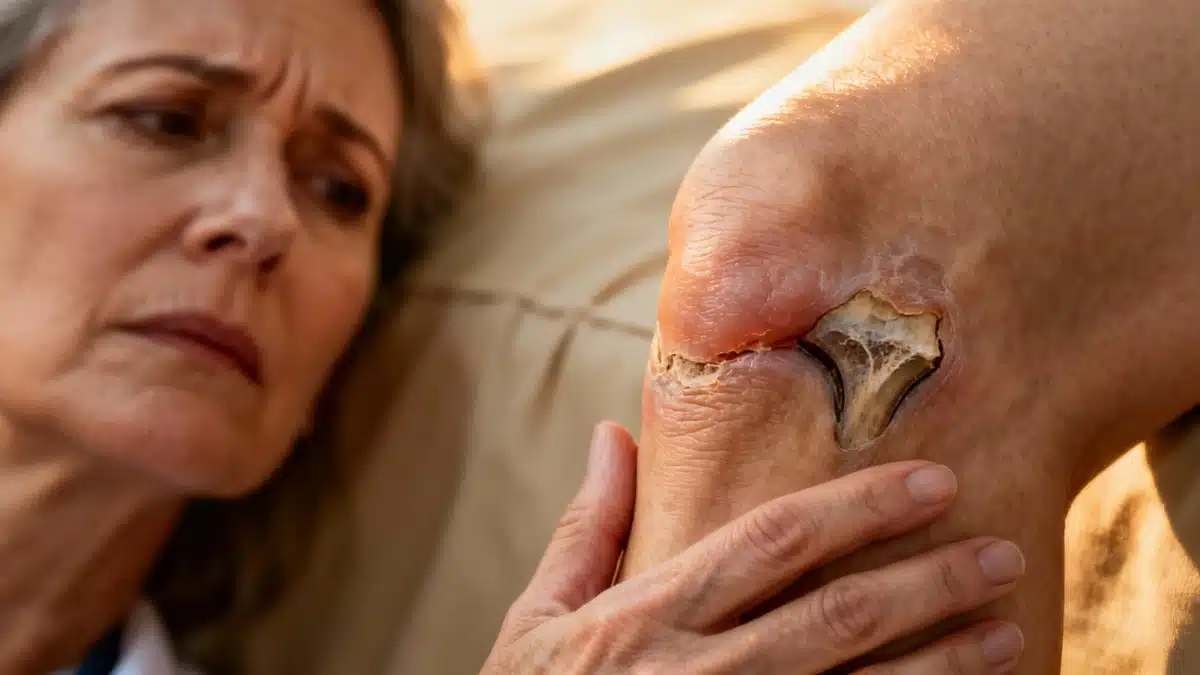When your knees start crackling like a bowl of cereal and simple tasks feel like climbing Mount Everest, it’s tempting to shrug it off as « just getting older. » But what if those creaks and pains are the warning bells of something more? Arthritis in the knee, or gonarthrosis, is shockingly common—and ignoring those telltale signs could mean more pain, less mobility, and bigger procedures down the line. So grab a (literal) knee pad, and let’s get serious about keeping your knees in the game!
Understanding Knee Arthritis: What’s Happening in There?
Knee osteoarthritis is one of the most frequent joint diseases, impacting nearly 10 million people in France alone. The knee is a true workhorse, bearing your body’s weight and working overtime every day, so it’s no wonder that wear and tear are common here. Osteoarthritis is characterized by the progressive destruction of cartilage in the joint, ultimately leading to pain and dysfunction—a process that likes to creep up slowly, but can also hit suddenly when you least expect it.
When osteoarthritis hits the knee, we call it gonarthrosis. It can affect different parts of the knee, most often the femur-tibia joint, but also the femur-patella area. There are two primary forms:
- Primary osteoarthritis: Often related to age, but risks are higher for women, those with certain genetic backgrounds, people who are overweight, and anyone who’s experienced repetitive microtraumas—thanks to intensive sport or a demanding job.
- Secondary osteoarthritis: Typically follows an injury like a sprain or ligament rupture, or stems from other illnesses such as inflammatory or infectious arthritis.
The degradation happens in stages—four, specifically—each reflecting how worn down that precious cartilage has become.
The Warning Signs: What Should You Never Ignore?
Knee osteoarthritis prefers a slow burn: symptoms often develop gradually, but their impact on daily life ramps up relentlessly. Key warning signs include:
- Persistent knee pain that worsens over time
- Increased difficulty walking, carrying items, or climbing stairs
- Stiffness in the joint—especially first thing in the morning
- Suden, very painful flare-ups, often paired with swelling, increased stiffness, and those infamous joint crackling sounds
The discomfort doesn’t just put a damper on your morning stroll—it can become downright disabling if left unaddressed.
Treatment Goals and Steps: From Meds to Motion
Treating knee osteoarthritis always comes down to the same goals: reduce inflammation, relieve pain, and preserve or even improve the knee’s capacity to move. Here’s what the standard approach looks like:
- During pain flare-ups: Rest the joint! Think knee supports, perhaps even a cane—your knee’s best friend during a bad spell.
- Painkillers and anti-inflammatories: Medications like paracetamol, ibuprofen, ketoprofen, or aspirin are commonly used at the onset to manage inflammation and pain.
- Physical therapy: Sessions with a physiotherapist can help retain and enhance joint mobility. Plus, they’ll offer practical home exercises to maintain progress.
- Advanced therapies (stage 3): This can include corticosteroid injections to quell inflammation and pain, or hyaluronic acid injections (an annual event, much less exciting than your birthday) that lubricate the joint and slow further degeneration.
If things become serious—meaning the cartilage has totally worn away, daily life is hindered, and no pain relief brings comfort—then knee prosthesis surgery steps into the conversation.
Knee Surgery: What to Expect With Arthroplasty
Surgical intervention, called arthroplasty, is about restoring a malfunctioning joint—most often by installing a prosthesis. This operation isn’t unique to knees; it can also relieve suffering shoulders, elbows, thumbs, hips, ankles, and even intervertebral discs. But let’s stay focused: knee replacement can be either total (changing out the whole joint) or partial (only the affected area).
- Modern prostheses are crafted from a range of materials, including metal alloys (such as steel with chrome and cobalt), titanium, or polyethylene.
- The surgery is performed under general or regional anesthesia. The surgeon removes the damaged surfaces with anatomical guides, fits the appropriate prosthesis, and carefully closes the area with sutures matched to the patient’s size.
- Immediate mobilization matters! Physiotherapy starts within hours of returning to your room—the aim is to get you moving fast, not lounging in bed.
- After the operation, an orthosis or knee brace supports the joint. Crutches are on the agenda for about six weeks, followed by extended physiotherapy to regain strength and function.
In Conclusion: Listen to Your Knees!
Don’t dismiss knee pain as an unavoidable part of aging. Arthritis in the knee—gonarthrosis—can seriously limit your mobility and quality of life, and its symptoms should never be ignored. Early treatment saves pain, time, and maybe even a surgery or two down the road. And remember: if your knees could talk, they’d be begging you for some TLC and a bit of rest between adventures (or marathons to the fridge).

John is a curious mind who loves to write about diverse topics. Passionate about sharing his thoughts and perspectives, he enjoys sparking conversations and encouraging discovery. For him, every subject is an invitation to discuss and learn.






